The Association for the Protection of Marine Life (DYKD) from Türkiye has partnered with the local eyewear manufacturer Billur Optik to transform ghost nets retrieved from the Marmara Sea into raw material for sunglasses frames.
The initiative, launched over the past two years, has resulted in the recovery of 1,500 square meters of ghost nets from the sea. These nets are now being processed into granules for sunglasses frame production, which began earlier this month.
In the initial stage of the production process, the recovered nets are cleaned and turned into granules, which are then transported to an eyewear manufacturing facility in Ikitelli. The granules are molded into frames that are finished with sunglasses lenses.
To highlight the project’s environmental message, each frame is engraved with symbols of marine life, including coral, clams, starfish, orcas and stingrays, along with coordinates marking the locations where the nets were found.
After the frames are completed, the sunglasses will be available for purchase through an online platform launching next month. The project aims to support sustainable fashion while contributing to the protection of the marine ecosystem. Proceeds from the sales will fund future environmental initiatives by the DYKD.
DYDK President Volkan Narcı told Anadolu Agency (AA) that the project is part of the organization’s broader zero-waste efforts. Narcı pointed out that similar projects involving the transformation of ghost nets into eyewear have been undertaken globally, and his team wanted to bring this innovative idea to Türkiye.
“We started with a dream,” Narcı said. “We want everyone to view nature and the sea from our perspective, with respect and care for the environment.”
Narcı emphasized the challenging and risky nature of retrieving ghost nets from the sea. He explained that the location of these nets is often unknown, and the recovery process relies on tip-offs from locals, who assist in locating the nets on the sea’s bottom.
The project, Narcı said, is not just a commercial endeavor but also has a mission to provide new habitats for marine life. “Ghost nets, which can remain at the bottom of the sea for centuries, pose a deadly threat to marine creatures,” he explained. “By removing these nets, we create new resources in the context of zero waste, thus mitigating the damage they cause to the marine ecosystem.”
Naci Silelioğlu, CEO of Billur Optik, stated that the company has been active in the optical industry since 1979. He noted that Narcı’s project demonstrated that there is still much to be done in the sector, even as they felt they had reached the limits of their work.
Silelioğlu shared his thoughts on the importance of sustainability, acknowledging the challenges posed by working with a new material. “The processing of the material requires specific temperatures and processes, and we are learning this through trial and error,” he said. “But the excitement of the work drives us, and we overcome these challenges.”
He added that while there are some waste materials left over during production, these are recycled into granules and reused, ensuring a zero-waste process. “We hope the final product will be embraced by customers, knowing that they are supporting both us and the environment,” Silelioğlu said.
Looking ahead, Silelioğlu emphasized the goal of increasing the amount of material collected from the sea for production and exploring new projects using waste from other industries. He expressed hope that these efforts would inspire other manufacturers to pursue similar sustainable initiatives.











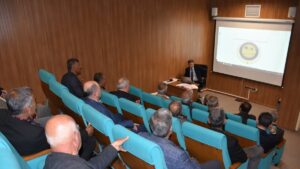

















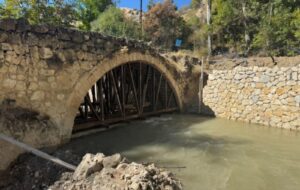
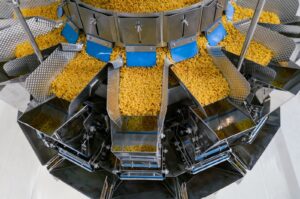



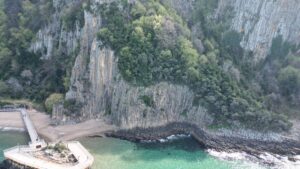









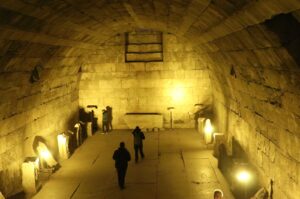





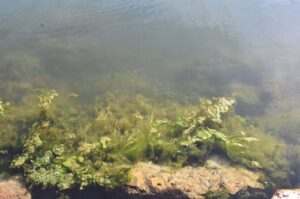
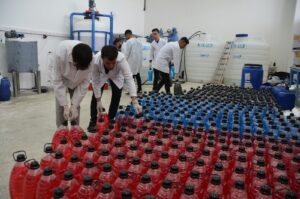
Be First to Comment